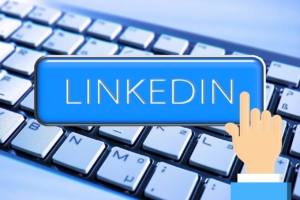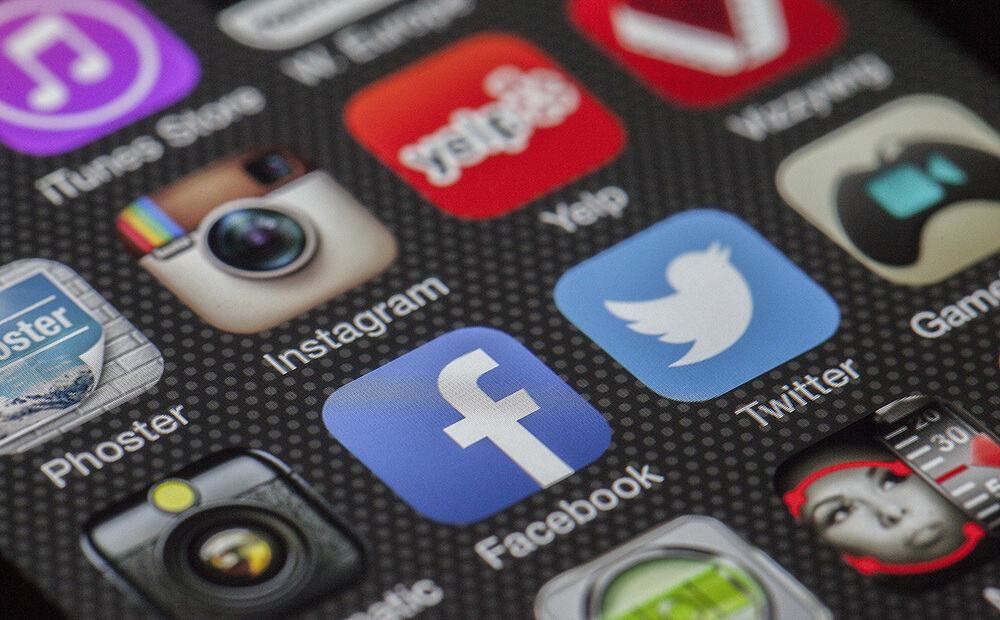Unhealthy Social Media/Doomscrolling: Do You/Your Child Have a Problem?
Are you doom scrolling? Do you find yourself obsessively checking your feeds? Does the election have you pinned to an anxiety rating of 10? Are you logging into your social media accounts and wanting to go to battle with every idiot who posts a dumb meme counter to your beliefs? Are you only reading half of an article and then scrolling to the comments to see all the stupidity? Well, if you are like most people, then you’re a mess, and it’s understandable.

I’m not gonna get all sciency or judgy here, it’s pretty obvious, we weren’t really meant to have this much stimulation or information or constant contact. We weren’t meant to be this connected and we weren’t meant to be instantly “activated” from somebody 1000 miles away 24/7/365.
And if you’re having a problem, think about how distracted your kids are right now.
Schools across the United States are increasingly implementing bans on mobile phones to address concerns about student distraction and academic performance. As of 2022, over 75% of K-12 public schools prohibit non-academic cell phone use. This trend is gaining momentum, with several states recently passing laws to restrict or ban cell phones in classrooms altogether.
When you get a group of parents into a room, the topic of how often their children are on their phones often comes up. And while you are having that topic of discussion with those parents, half of them are on their phones not listening to you. It is inevitable, but the real question is: does your child have a problem with social media? Do you have a problem? Understandably, parents are concerned over how much screen time their children receive daily, and you need to know when you should be stepping in.
Below are a few indications that you or your child might have a social media problem and how you can take care of it sooner, rather than later:
They are Glued to Their Devices
Common Sense Media came out with a report that said teens spend an average of 7 hours and 22 minutes on their phones daily. Can you believe that? They spend as much time on their phones as they do at school every day! Pre-teens are no better because it has been reported that they spend an average of four hours and forty-four minutes daily on their devices.
On average, adults spend approximately 4 hours and 37 minutes on their smartphones each day. This usage translates to over one full day per week dedicated to phone activities.
The statistics vary slightly depending on the source, with some reports indicating that Americans may spend up to 5 hours and 24 minutes daily on their phones. Notably, younger generations, particularly Gen Z, report even higher usage, averaging around 6 hours and 5 minutes per day.
These numbers are intense, so parents notice that their children are attached to their devices. This is not good for children because it is too much time staring at a screen. However, social media did help many teens feel connected with other people throughout the pandemic. And while we may be beyond that, the habits all stuck.
Revise How Much Time They are On Their Screens
Even though research continues to come out about social media and its effects on teens and children, it is still known that too much of anything can be bad. Children with too much screen time can contribute to sleep deprivation, poor academics, and an unhealthy lifestyle. Additionally, their mental health can be severely impacted by being on social media because of bullying, sexual content, hate speech, and comparing themselves to others.
However, parents can see that this needs to change because children should not be glued to their phones for every waking minute of the day. This will cause a lot of anxiety and stress in a child but setting the right boundaries can help minimize the number of problems with social media addiction.
Make New Habits
1. Easy Steps First
When any new habit needs to be formed, it is best if the task is broken down into small steps. If we want the change to stick with the child, it needs to be small and fun because this will be enjoyable for them. Parents wishing to limit their child’s time on their phones should consider setting time limits to connect with their children through a fun activity.
An activity like art or baking can be a great way for you to connect with them on a personal level.
2. Device Curfews
A lot of supporting research shows how the blue light from devices can cause sleep issues for everyone. This will then have a larger effect on someone’s mental and physical health. Experts say that people should turn off their devices at least 15-30 minutes before bed to help them prevent any adverse effects of technology.
Parents should look into downloading software on everyone’s devices to turn off their screen time at a specific time in the evening. This will also make it feel less like a punishment for the child.
3. Mindful Media Usage
No parent should sweep in and make accusations about how their child is engaging with their social media. This is because we don’t know. Instead, speak with your child and ask them to think about what they are looking at consciously. Is it creative and engaging? Can they learn anything from this? Do they need to post something, or is it a thoughtful piece?
Having your children think critically about their social media is the best way to encourage them to be more mindful of their usage.
4. Educate Your Children
You can’t expect your children to understand why you want to limit their screen time if they do not know why it needs to be limited. Speak with your children and explain to them the balance they need with their social media and how it will benefit them in the long run. Teaching them that pairing it with physical activity, self-reflection, creating genuine life relationships, and more is how they will learn to keep these habits up for a long time.
5. Be a role Model
Delete all your social media apps. Seriously, you don’t need social media apps on your mobile phone. Wean yourself off social starting with your mobile phone. Keep in mind, you’ll still be able to access it via your laptop or desktop. But if the apps aren’t installed on your phone, then you at least have a fighting chance of breaking the addiction and showing your kids that it can be done.
Beyond that, delete any news feeds, or any other data aggregation tools that keep you plugged into current events. At least try it for a day and then for a couple days and then for a week and see how you’re doing. I think you will find your attention shifting towards things that matter a bit more like your family, activities, maybe even household projects you enjoy doing.
Conclusion
Helping children to manage their social media habits begins with you helping yourself. It is not impossible. Parents must remember to be open and honest with their children through communication and critical thinking, so their children will learn how to keep up with these habits for the rest of their lives.
Robert Siciliano CSP, CSI, CITRMS is a security expert and private investigator with 30+ years experience, #1 Best Selling Amazon author of 5 books, and the architect of the CSI Protection certification; a Cyber Social Identity and Personal Protection security awareness training program. He is a frequent speaker and media commentator, and CEO of Safr.Me and Head Trainer at ProtectNowLLC.com.

 Phishing scams on LinkedIn generally revolve on stealing credentials, financial scams, espionage, and impersonations design to facilitate all of the above.
Phishing scams on LinkedIn generally revolve on stealing credentials, financial scams, espionage, and impersonations design to facilitate all of the above. Cambridge Analytica actually did this to win elections and do other things. For instance, it was first used in first world countries, and then with Brexit. It was also used in the 2016 US presidential election.
Cambridge Analytica actually did this to win elections and do other things. For instance, it was first used in first world countries, and then with Brexit. It was also used in the 2016 US presidential election. They are organized, they function like any profitable business, they have hierarchies, employees and even a business plan.
They are organized, they function like any profitable business, they have hierarchies, employees and even a business plan.
 Here’s How It’s Done:
Here’s How It’s Done: 

























